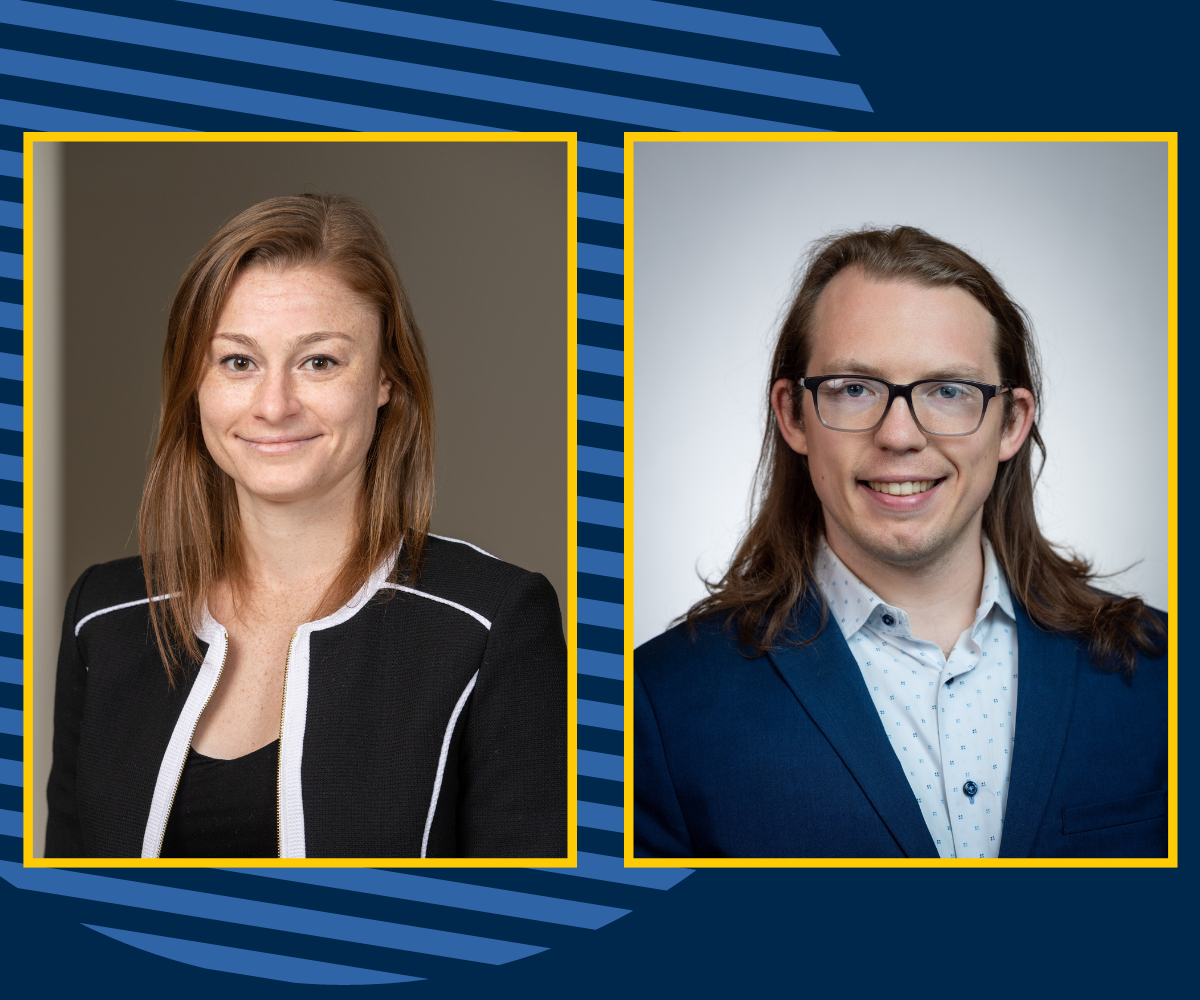
Novel Approach for Therapeutic Antibody Engineering Published in Nature Communications
August 1, 2022
The laboratory of Peter Tessier, PhD, Albert M. Mattocks Professor of Pharmaceutical Sciences, in collaboration with Dr. Jennifer Linderman’s laboratory in Chemical Engineering at Michigan, has published a novel approach for therapeutic antibody engineering in Nature Communications.
Antibody therapeutics, which are used to treat a wide variety of diseases, are expensive to develop.
“Contributing to the high cost of developing antibody therapeutics is the need to balance different physicochemical properties, and it requires a great deal of time and resources to measure and refine all of these properties,” explains co-first author Patrick Kinnunen, 5th-year chemical engineering PhD candidate. “Our optimization approach enables two key properties to be balanced early in the development process, using standard experimental and computational approaches, which should save time and money on antibody development.”
“Experimentally, we are limited to acquiring broad information about the biophysical properties of therapeutic antibody candidates but broad is insufficient for drug development,” adds fellow co-first author Emily Makowski, 4th-year pharmaceutical sciences PhD candidate. “Biophysical properties are related and exhibit strong tradeoffs – so choosing a candidate that you think will be broadly good for all biophysical properties doesn’t give you the best molecule. It may get you an okay molecule, but to be an effective drug, you need the best molecule. We used machine learning to transform this broad data into specific predictions of biophysical properties that enables us to select the best combination of biophysical properties and optimize a therapeutic antibody. This facilitates selection of antibodies that have a better chance of being good drugs.”
“We leveraged simple machine learning methods (and emerging antibody measurement techniques developed in the Tessier lab) to overcome conventional limitations in the development pipeline for the multi-objective optimization of antibody biophysical properties,” continues Emily. “We achieved optimization of two biophysical properties, affinity and specificity, despite demonstrating strict tradeoffs between them. By overcoming this tradeoff and identifying many co-optimized antibodies, we increased the clinical potential of our original antibody. We expect that integrating our methods into antibody development pipelines will accelerate the advancement of antibody therapies to the clinic.”
“I hope to see some of our ideas incorporated into comprehensive drug development platforms, which can include analysis of additional biophysical properties that impact therapeutic development,” notes Emily. “I also hope to see the ideas expanded upon. There’s been a huge explosion in machine learning for protein engineering and I hope this will contribute. It’s a unique approach that could change how people view the challenges in the field.”
Prof. Peter Tessier joined the University of Michigan College of Pharmacy in 2017 as the College’s first Albert M. Mattocks Professor of Pharmaceutical Sciences. His laboratory focuses on designing, developing, and optimizing a class of large therapeutic proteins, or antibodies, that hold great potential for detecting and treating human disorders ranging from cancer to Alzheimer’s disease. His research interests include designing and optimizing antibodies for detecting and treating Parkinson’s and others neurodegenerative diseases, as well as redesigning therapeutic antibodies to increase their clinical potential.
Additional authors include: Jie Huang, PhD, Lina Wu, Matthew D. Smith, Tiexin Wang, Alec A. Desai, PhD, Yulei Zhang, PhD, Jennifer M. Zupancic, and John S. Schardt, PhD, all of the University of Michigan, and Craig N. Streu, PhD, of Albion College.
Paper cited: “Co-optimization of therapeutic antibody affinity and specificity using machine learning models that generalize to novel mutational space.” Nat Commun 13, 3788 (2022). https://doi.org/10.1038/s41467-022-31457-3
Latest News
Professor Amanda Garner Named Charles Walgreen, Jr. Professor
March 28, 2025
Author: Markie Heideman, Content Marketing Manager Media Contact: Lindsay Groth, Director of Marketing and Communications, [email protected] Amanda Garner, PhD, has been named Charles Walgreen, Jr. Professor of Medicinal Chemistry, as approved by the Regents of the University of Michigan. Both The Charles Walgreen, Jr. Professorship created in December 2024 and the already-established Charles R. Walgreen, […]
Professor Shiyanbola Elected to Behavioral Medicine Fellowship
March 27, 2025
This SBM fellowship is not only a recognition of Dr. Shiyanbola’s hard work but an opportunity to mentor early-career investigators.
Dr. Hanna Phan Selected for Excellence Award in Pediatric Pharmacy Practice
March 21, 2025
Dr. Phan’s dedication to improving pediatric health outcomes, particularly in pulmonology, and her passion for mentorship and education have earned her this prestigious honor.
